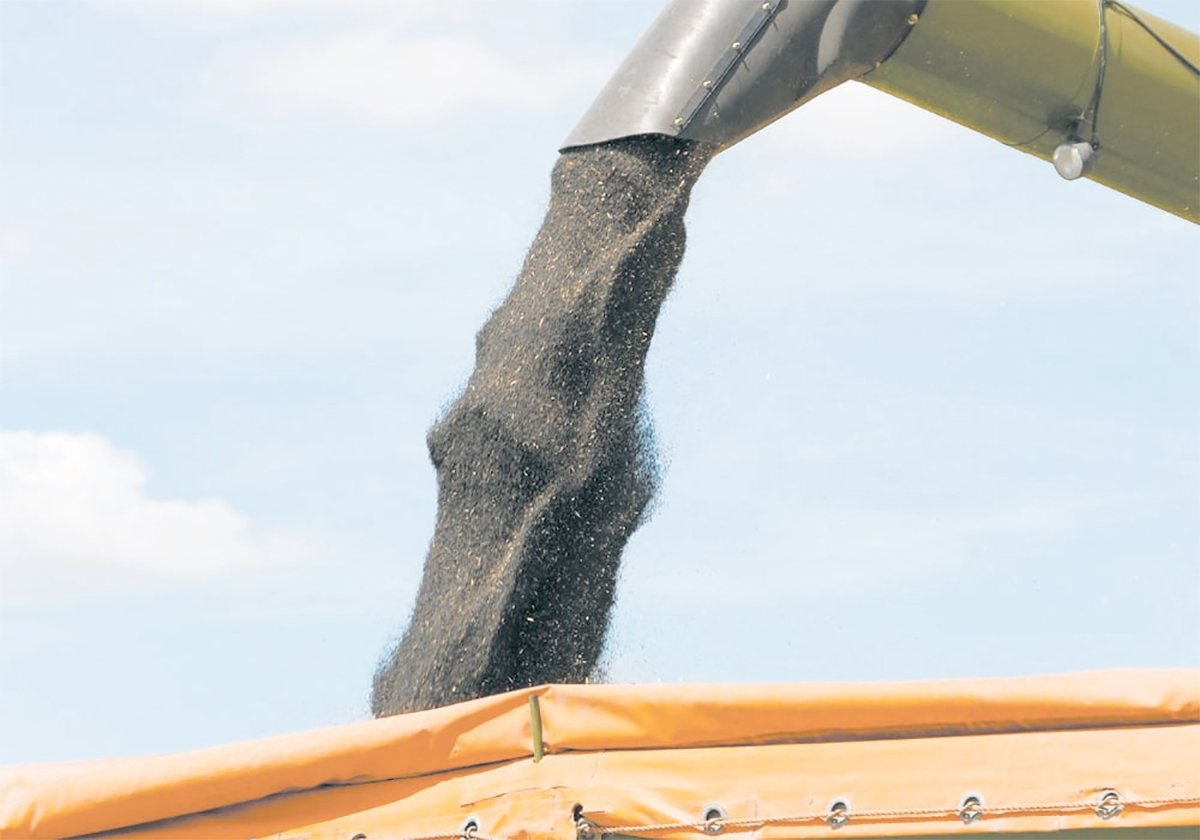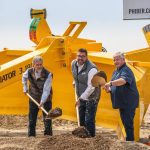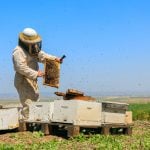Where are we going in agriculture?
Is it to produce ever in-creasing volumes of low value food at the cost of ecosystem health, or is it to produce high quality nutrient dense food while regenerating the soil in which it is grown?
Human health is directly related to soil health, but if we look around today, it could be concluded that our societal health is less than desirable.
Let’s look at our soil health.
We average four tons of soil loss in agriculture production per person per year. At settlement, the organic matter on the eastern Prairies was 10 to 12 percent, but 130 years later, most farms in same geographic area have organic matter levels of three to five percent.
Read Also

Determining tariff compensation will be difficult but necessary
Prime minister Mark Carney says his government will support canola farmers, yet estimating the loss and paying compensation in an equitable fashion will be no easy task, but it can be done.
Organic matter is a tremendous holder of water. It’s where the complex reactions between living plant roots, minerals in the soil and millions of microbes determine the nutritive level of crops. Studies have proved that the mineral content of most food is considerably less today than it was 50 years ago.
We need to look at what is essential for creating life and see how we can manage these processes to achieve our goals.
We have abundant solar energy on the Prairies, and our job as farmers is to capture as much of it as possible. Our annual cropping collects solar energy for 70 to 85 days, but we have a considerably longer season than this, so we need to think about how we can crop in such a way as to collect more energy.
The more diverse an agricultural system, the more stable it be-comes. Diversity is always the norm in a natural system, but our modern farming systems have come to value the opposite “monoculture,” which is inherently unstable. As a result, we have a crop protection industry that supplies products to prop up this unnatural system.
Production tends to go up and pests become less of a problem if we design systems that are more diverse.
Water has two choices when it falls to the ground: enter the soil, which is an effective water cycle, or run off, which is largely ineffective.
Deserts are the result of an ineffective water cycle rather than a lack of rain. Bare soil is the major cause of a poor water cycle.
A raindrop’s physical impact on the earth causes the soil particles to seal off, making the surface impervious to water. As a result, the rain runs off.
The only way to make the water cycle effective is to cover the soil surface with litter, which is either dead or living plant material.
We need to have organic matter present (food) and solar capture (energy).
Most plants exude glucose from their roots to feed bacteria and fungi in the soil.
In return, these microbes are able to extract nutrients that are unavailable to the plant roots and feed them to the plants.
When these conditions are met, organic matter builds as microbes decompose litter and root material, carbon is sequestered into the soil profile, the water holding capacity of the soil increases and the structure of the soil becomes less dense.
All of the above working together is what produces food, which promotes human wellness. I don’t believe there is any shortcut to human health.
We need to have healthy soil. When that begins to be the focus in agriculture, human health will follow.
The potential is unlimited, with intercropping, annual grazing systems and poly cropping all in their infancy.
The innovativeness of western Canadian farmers will be astounding as we change our thinking to produce healthy soil and healthy food.
We need to keep open minds and not reject any tool that is available to us.
However, they all need to be examined in the context of, “does this build soil and make the food I am producing better for my body?”
The future is bright.
Blain Hjertaas farms near Redvers, Sask.














